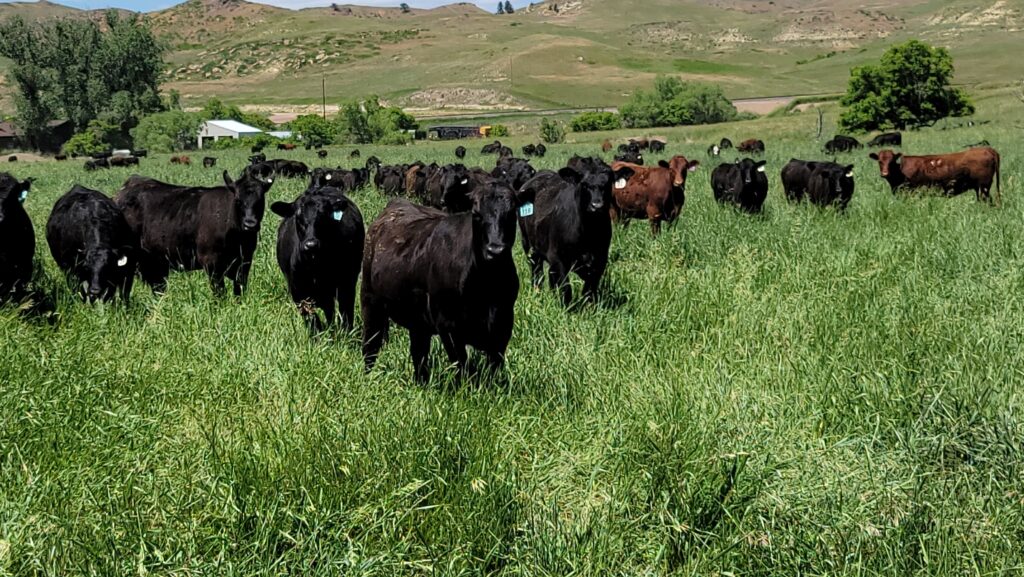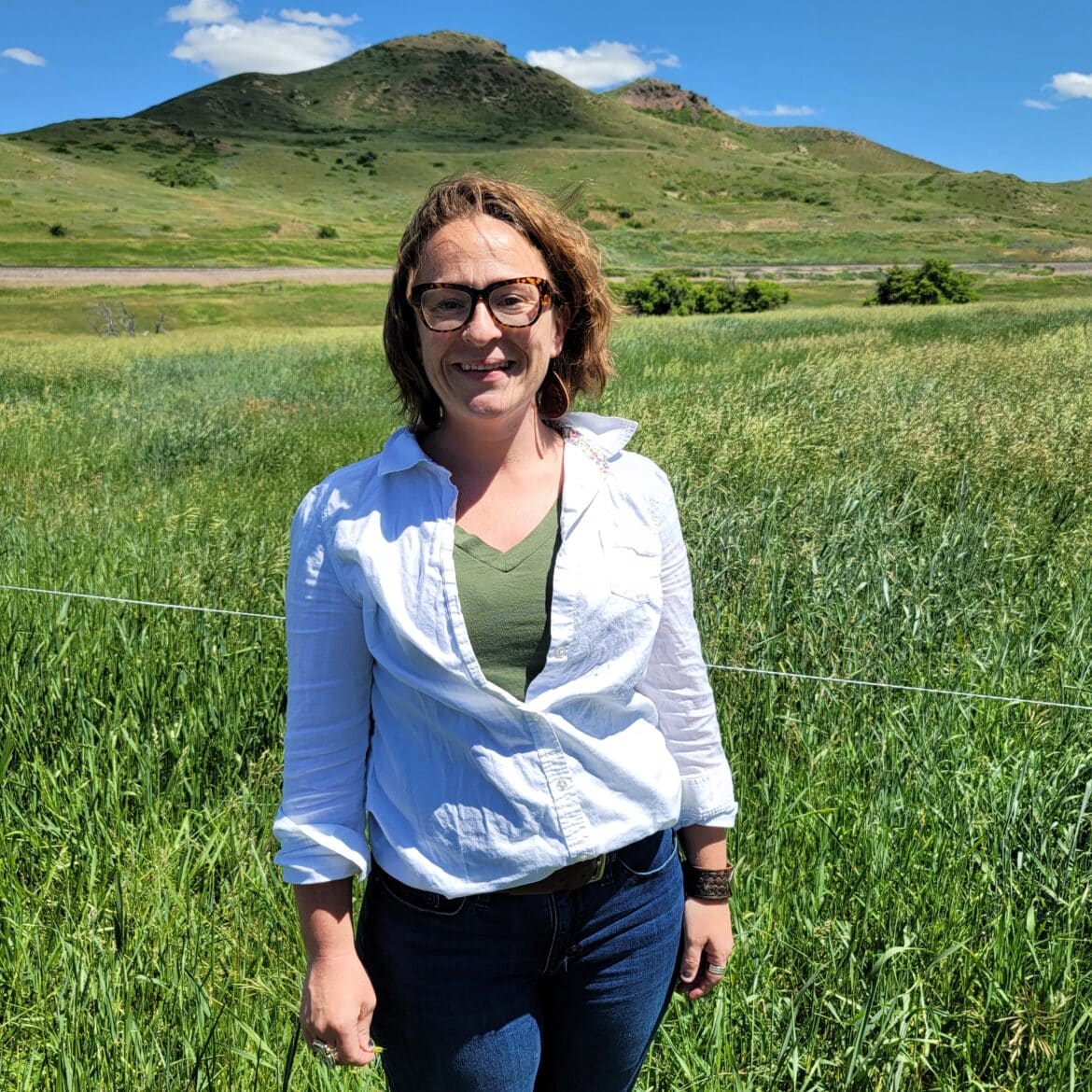SPONSORED – Decarbonizing Agriculture Creates New Revenue Stream and Future Opportunities
by Brekke Munks, Agoro Carbon Alliance Cropping Agronomist, Wyoming
If there was a way to improve the resiliency of your ranch for generations to come, would you do it?
As it turns out, you can improve your production system with management practices that promote soil health through carbon storage. Carbon programs provide an emerging market and opportunity for new revenue you don’t want to miss.
Implementing conservation practices like grazing management, adding new forage species and nutrient addition can improve soil health and forage production. These production-friendly practices also have the opportunity to generate carbon credits with growing revenue potential. The carbon market provides opportunities for ranchers to be rewarded for the implementation of sustainable management practices on pasture and rangeland that promote long-term animal, soil and financial longevity.

There are five key reasons ranchers chose a carbon program:
1. Economic opportunity
Carbon credits are a hot topic. Turn on the news or scan social media and you’re likely to hear about the need to remove carbon from the atmosphere and store it in the ground. There are corporate commitments and consumer demands on sustainable products and environmental stewardship that drive the conversation. In order to meet these needs, while making a real difference, the carbon market matches buyers of emissions reductions with sellers of those reductions. To match the need for reductions, the carbon market turned to the professional land managers—farmers and ranchers.
Farmers and ranchers can implement practice changes that reduce emissions, sequester carbon and promote organic matter storage to help withstand drought and other climatic variables. These changes increase carbon in the soil, while reducing atmospheric carbon. Through baseline and subsequent soil sampling these reductions can be quantified, verified, and sold as carbon credits. Carbon farming has created a new ag commodity, and with it comes economic opportunity from a new source of revenue for ranchers.
2. Build soil health
While focused on the forage growing aboveground, it’s easy to overlook the life teeming just below the surface. Soil is a biological ecosystem made up of plants, animals, insects and billions of microbes. Healthy soil, where this ecosystem is activated and balanced, has greater fertility, structure and maximizes yield potential.
The Natural Resources Conservation Service defines soil health as the continued capacity of soil to function as a vital living ecosystem that sustains plants, animals and humans. Soil health is a key driver in crop productivity and resiliency. Sustainable practices like adding a new forage species or improving grazing can improve yield, carbon storage and animal health, all through healthier soil.
3. Increase resiliency
Grazing management, biodiversity and nitrogen management practices can improve the soil microbial activity and nutrient cycling, which in turn increases soil organic matter1. Over time, increased soil organic matter will improve water and nutrient holding capacity, water infiltration and root penetration.
Ranchers will find that improving soil health leads to greater forage productivity and increased resilience to weather events and climate change—whether drought, wind or too much rain.
4. Mitigate farm and ranch risk
Farming and ranching come with inherent risks. Carbon programs help mitigate risk in a number of ways. First, payments provide a new source of revenue to support the ranch or provide capital for fence, water or herd improvement. Practice changes also improve land over the long term by improving soil fertility, increasing nutrient and water holding capacity, and improving air and water quality. Furthermore, greater forage quantity and quality help to make it through long, cold winters or prolonged periods of drought. The collection of these things and many more benefits enable ranchers to create operations that can sustain for generations to come.
5. Access to support network
Every carbon contract is different. A producer should consider the length of the contract, requirements, ranch goals and ease of implementation. It is critical to do research upfront and carefully evaluate the options that each carbon company offers. Make sure the provider you sign with matches your expectations and needs and acts as a trusted advisor.
Agoro Carbon Alliance focuses on farmer and rancher success in the carbon market. An agronomist and carbon expert in your region is available to meet face-to-face, walk through soil tests, determine practices that are the best fit for your operation, provide agronomic advice and assist in transitioning to conservation practices. Ongoing support is provided, along with optional quarterly in-person visits to touch base. Agoro Carbon is committed to boots-on-the-ground support and working hands-on to address any challenges along the way.
For more information or to connect with a carbon agronomist, visit agorocarbonalliance.com/contact-us.
1 Management-intensive Grazing (MiG) and Soil Health – 0.570 – Extension (colostate.edu)


